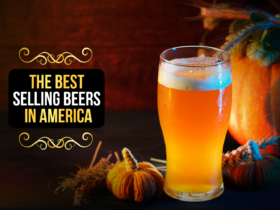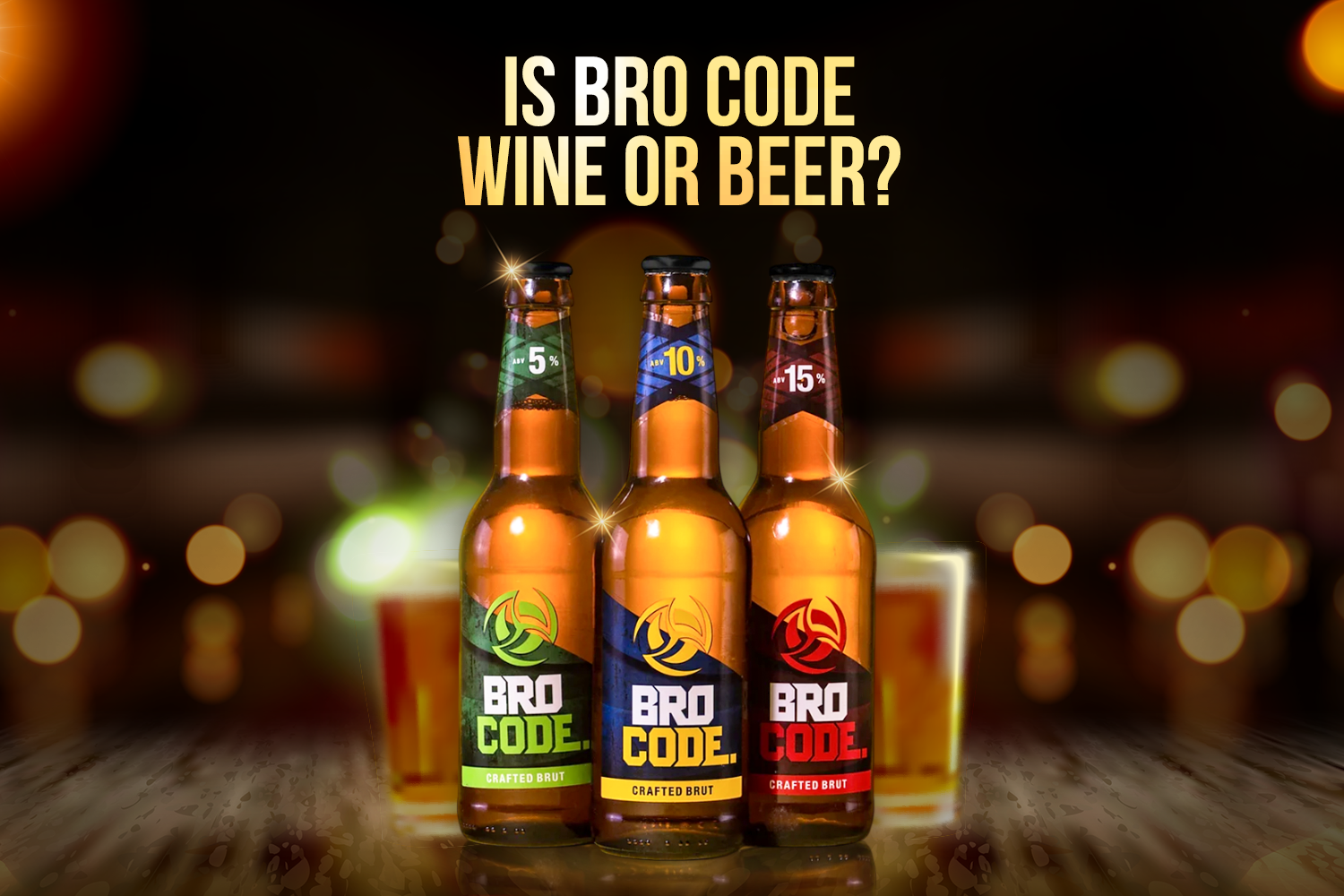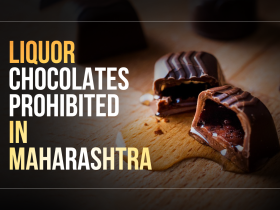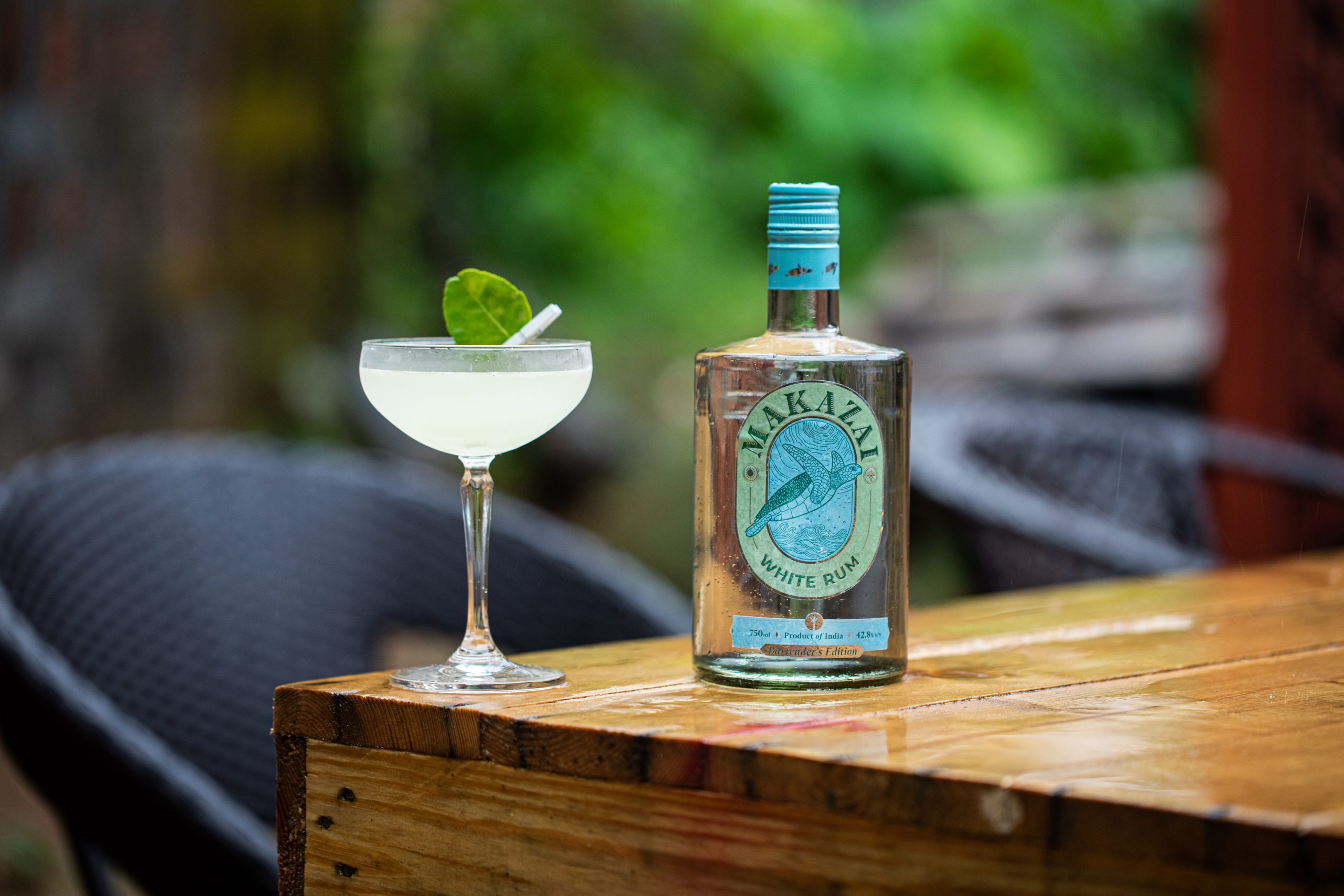Bro Code is a popular alcoholic beverage in India, loved for its strong kick and unique taste. However, many people are confused about whether Bro Code is classified as wine or beer. This confusion often arises due to the higher-than-average alcohol content found in Bro Code, which can be similar to some wines. Let’s explore what Bro Code really is and settle the debate: Is Bro Code a wine or a beer?
1. Bro Code Product Details
Bro Code has emerged as a go-to drink for many, offering a range of alcoholic beverages that appeal to those looking for something stronger than traditional beer. The most popular variety of Bro Code is a strong beer with an alcohol content that raises eyebrows and prompts questions about its classification.
- Types of beverages offered: The Bro Code brand is known for its higher alcohol percentage, which makes it seem more potent than regular beer.
- Alcoholic beverage classification: While some may mistake it for wine due to its strength, Bro Code is actually classified as a beer because of its brewing process and ingredients.
2. Bro Code as a Beer
Despite the confusion, Bro Code is indeed a beer, and here’s why:
- Alcohol content: Bro Code contains between 15% to 20% alcohol by volume, which is much stronger than typical beer, but still classified as beer due to its brewing process.
- Brewing process: Like all beer, Bro Code is brewed from the fermentation of grains, such as barley. This distinguishes it from wine, which is made from the fermentation of grapes or other fruits.
- Beer-like qualities:
- Carbonation: One of the defining characteristics of Bro Code is its fizziness, a hallmark of beer.
- Flavor profile: Although Bro Code is stronger than most beer, it still retains the crisp, refreshing taste typical of beer, setting it apart from the richer, fuller-bodied flavors found in wine.
3. Bro Code vs. Wine
While Bro Code may have a high alcohol content similar to some wine, there are clear differences between the two:
- Fermentation process:
- Beer, including Bro Code, is made from fermenting grains like barley.
- Wine, on the other hand, is produced by fermenting grapes or other fruits. This fundamental difference in ingredients and process means that Bro Code cannot be considered wine.
- Alcohol content comparison:
- Wine typically has an alcohol content ranging from 12% to 14%, which overlaps with Bro Code’s strength. However, Bro Code’s classification as a beer is due to its production method.
- Why Bro Code is not wine:
- The reason Bro Code is not classified as wine is because it follows the brewing techniques of beer, even though it has a higher alcohol percentage than typical beer. It may have some similarities to wine in strength, but its carbonation, ingredients, and brewing process make it a beer.
4. Conclusion
To clear the confusion, Bro Code is definitely a strong beer, not a wine. While its alcohol content might be higher than most beers and comparable to some wines, Bro Code is produced like a beer, making it fall firmly into that category. If you ever wonder again whether you’re drinking a beer or wine when enjoying Bro Code, rest assured that you’re holding a bottle of strong beer—just a much stronger version!
FAQs
Q1: What is the Bro Code, and how does it relate to wine or beer?
A1: The “Bro Code” refers to a set of informal rules and guidelines that govern male friendships and social interactions. When it comes to wine or beer, the Bro Code might include preferences for what to drink during social gatherings, how to choose between wine and beer, or etiquette regarding shared beverages.
Q2: How do you decide whether to bring wine or beer to a social event?
A2: The decision often depends on the nature of the event and the preferences of the attendees. Wine might be preferred for formal or elegant gatherings, while beer is often a go-to for casual, laid-back events. Consider the food being served, the occasion, and what the host or guests might enjoy.
Q3: What are some classic wine and beer pairings for a gathering?
A3: Classic pairings include:
- Wine: Red wine with steak, white wine with seafood, and rosé with light salads.
- Beer: Lager with burgers, ale with fried foods, and stout with chocolate desserts.
Q4: What should you consider when choosing between wine and beer for a gift?
A4: Consider the recipient’s preferences and the occasion. Wine might be more suitable for formal occasions or those who appreciate fine beverages, while craft beers or unique brews could be ideal for casual settings or enthusiasts.
Q5: How can you make a decision between wine or beer for a night out with friends?
A5: Think about the setting and activities planned. If you’re dining at a fancy restaurant or having a special celebration, wine might be the better choice. For a casual pub visit or game night, beer could be more fitting. Consider the group’s preferences and the type of event.
Q6: Are there any etiquette rules for drinking wine or beer with friends?
A6: Yes, some general etiquette rules include:
- Wine: Pour wine slowly and avoid overfilling glasses. Hold the glass by the stem to prevent warming the wine with your hand.
- Beer: Drink responsibly and be mindful of the social setting. Share and offer beers to others if you’re hosting.
Q7: How do you properly store wine and beer at home?
A7:
- Wine: Store bottles on their sides in a cool, dark place with a consistent temperature. Avoid exposure to light and vibrations.
- Beer: Keep beer in a cool, dark place. Refrigerate if you plan to drink it soon; otherwise, store it at a consistent room temperature.
Q8: What are some fun ways to incorporate both wine and beer into a party?
A8: Consider setting up tasting stations with different wines and beers, pairing them with appropriate foods, or creating themed events such as a “wine vs. beer” tasting challenge. Offering a variety of options can cater to different tastes and enhance the party experience.
Q9: Can you mix wine and beer in cocktails?
A9: Yes, there are cocktails that combine wine and beer, such as the “Michelada” (beer with lime, spices, and sometimes a splash of wine) or “Beer and Wine Spritzer.” Experiment with combinations that complement each other and suit your taste.
Q10: How can you choose between a wine or beer gift for someone who enjoys both?
A10: Consider the person’s current interests or recent conversations. If they’ve recently mentioned a favorite beer or wine, choose based on that. Alternatively, you could opt for a mixed gift pack with both options or a gift card to a specialty store where they can choose themselves.



























Leave a Reply